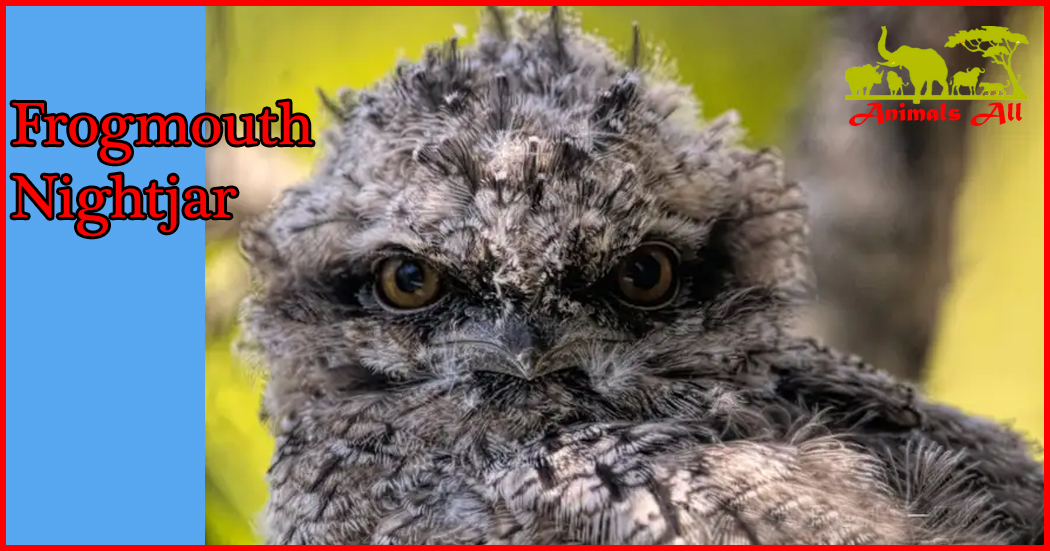
Frogmouth Nightjar, hide-and-seek, the master of camouflage among birds
The Frogmouth Nightjar is mainly distributed in the forests of Southeast Asia and Australia. It is a bird of the family Frogmouth Nightjar. The species of this family have a very large mouth, like a frog’s mouth, with whiskers around the mouth. The feathers of the whole body are soft and protective, reddish brown or gray, with darker feathers and spots. It is a highly nocturnal bird.

The main natural enemies of the Frogmouth Nightjar are birds of prey and snakes. Birds such as eagles and owls have strong vision and hunting ability, which can easily find and capture the Frogmouth Nightjar. Reptiles such as pythons and cobras can capture the Frogmouth Nightjar by lurking or attacking suddenly.
Frogmouthed nightjars are usually not active during the day, but they perch on tree branches with their eyes half closed during the day, using the pattern of their feathers to camouflage themselves as tree stumps. Once they detect danger, they adopt a “frozen” posture that makes them look more like a broken tree stump to avoid danger.
Food Habit
Frogmouthed nightjars mainly feed on insects, including beetles, scorpions, centipedes, snails, frogs, etc. In addition, they occasionally eat plant fruits.

The breeding season of the Frogmouth Nightjar is relatively short, mainly concentrated in April to June each year. During this period, they will complete a series of breeding activities such as nesting, laying eggs and raising chicks.

Frogmouth Nightjars usually choose to build nests in mountain forests at an altitude of 400-2000 meters, especially in steep mountain valleys. This choice may be related to their living habits and foraging strategies. The nests of Frogmouth Nightjars are relatively simple, mostly placed on the horizontal branches of small trees, 1.5-5 meters above the ground. They do not spend a lot of time and energy to build complex nest structures like some birds.

Frogmouth Nightjars have a unique way of raising their chicks during the breeding season. The female bird lays one egg per season, which the male incubates during the day while the female incubates at night. This shared responsibility for raising chicks helps reduce stress on a single parent and increases reproductive success. The lifespan of a Frogmouth Nightjar is affected by a variety of factors, including its living environment, food supply, number of predators, and the bird’s own health. Generally, nightjars survive a relatively short time in the wild.

The Frogmouth Nightjar is a national second-class protected animal. Any illegal hunting or trafficking will be punished by law. If you encounter a Frogmouth Nightjar or other wild animals in the natural environment, please keep a proper distance and respect their living habits. At the same time, protecting wild animals and the ecological environment also requires the joint efforts of each of us.

